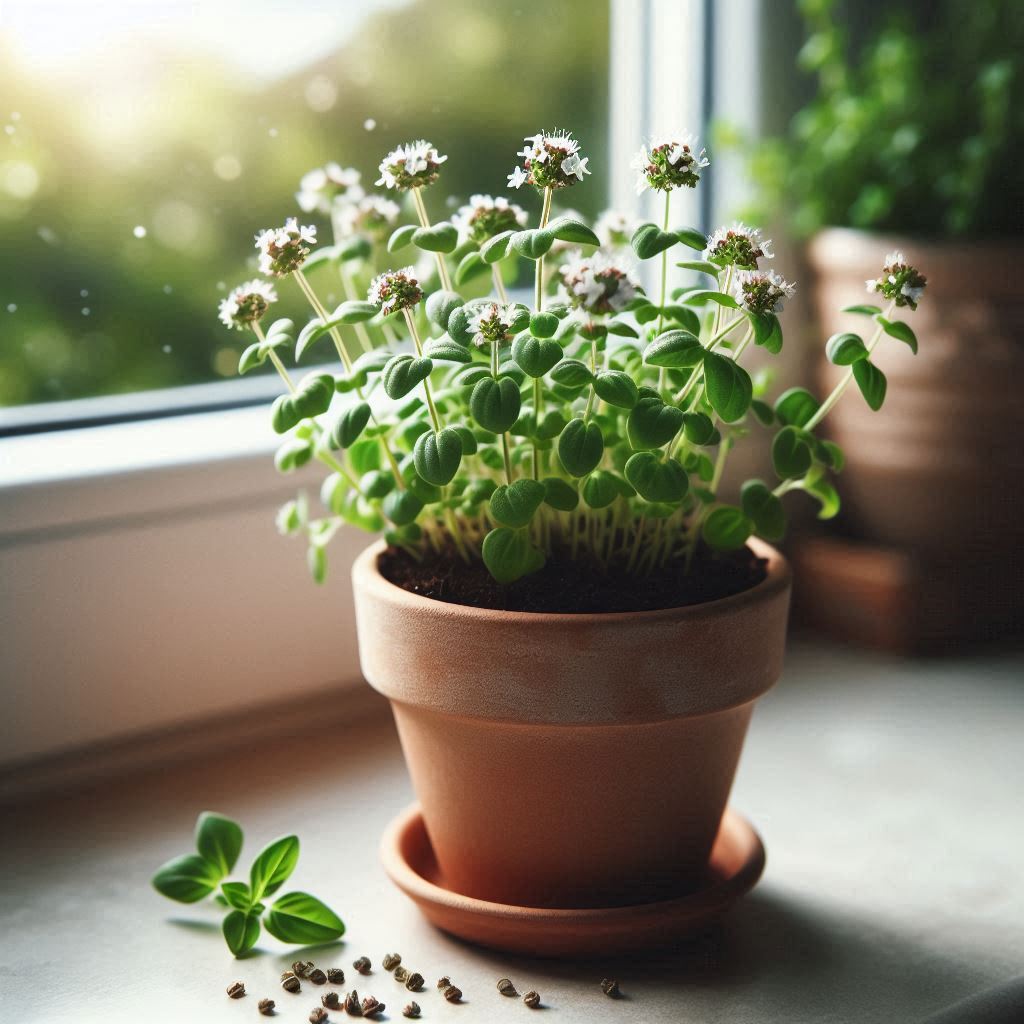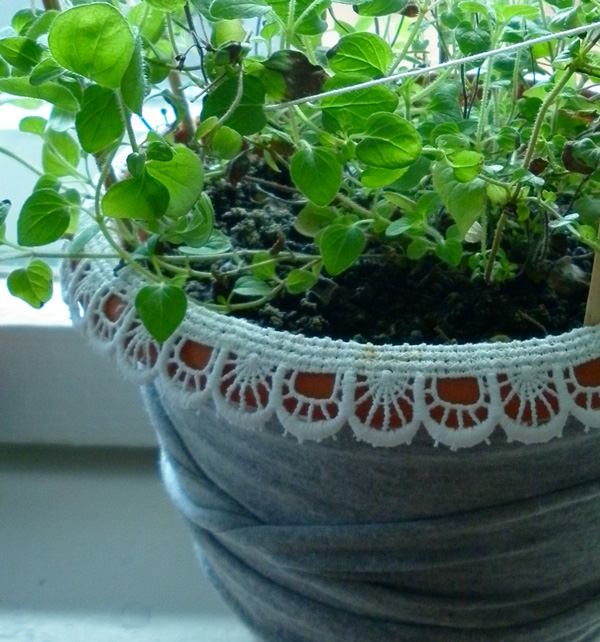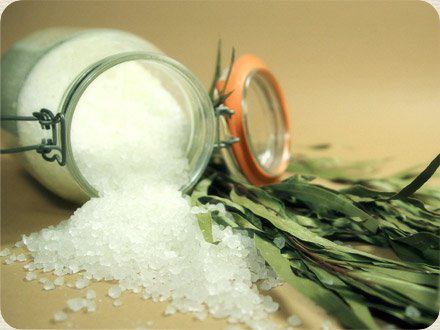When choosing fertilizer for a windowsill garden, look not only at the price but also at the composition. The composition of mineral fertilizers can be compared to multivitamins.
Not everyone knows that in multivitamins, microelements, macroelements, and vitamins are often mixed together in ways that prevent them from being absorbed into the bloodstream and bringing any benefit because they are incompatible. These substances are antagonists to one another. The same issue arises in the composition of many fertilizers for houseplants, especially universal ones. More precisely, this phenomenon is called element antagonism. So, who gets in the way of whom?
- Iron - Calcium
- Iron - Zinc
- Aluminum - Nickel
- Manganese - Iron
- Copper - Zinc
- Zinc - Molybdenum
This is why a super-duper complex fertilizer, packed with the periodic table, might turn out to be an unjustified expense. Fortunately, there are substances that assist one another—synergists. These enhance each other’s effectiveness:
- Sulfur - Magnesium
- Sulfur - Zinc
- Copper - Molybdenum
- Molybdenum - Calcium
- Molybdenum - Copper
- Copper - Manganese
- Calcium - Cobalt
You can rely on these two lists when choosing fertilizer for houseplants. Today, I browsed shop shelves and noticed one pattern: the more expensive the fertilizer, the longer the ingredient list on the label. Most likely, I’ll look into single-component fertilizers and create a feeding schedule.
In one of the books I’ve read on this topic, the following recommendation is given: separate antagonistic elements by time and space—apply potassium on Monday in watering solution and magnesium on Wednesday in spray water. This method of feeding is more labor-intensive, but if it determines the plant’s health, it’s worth trying.



